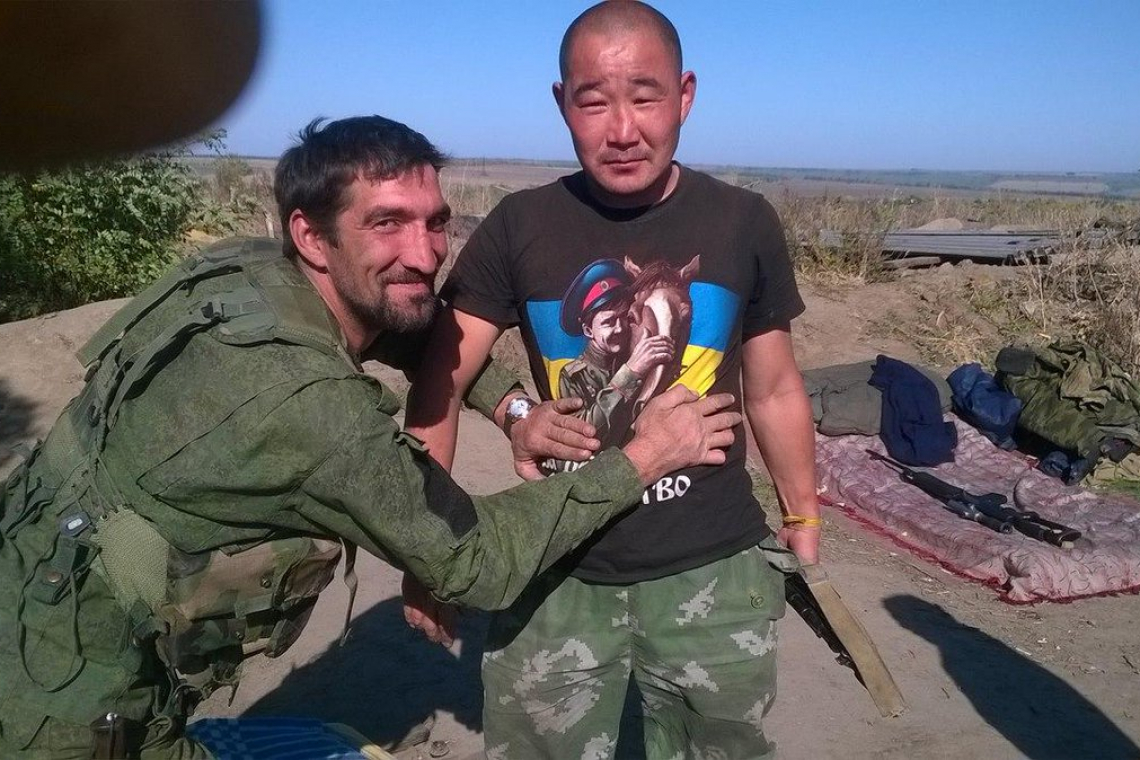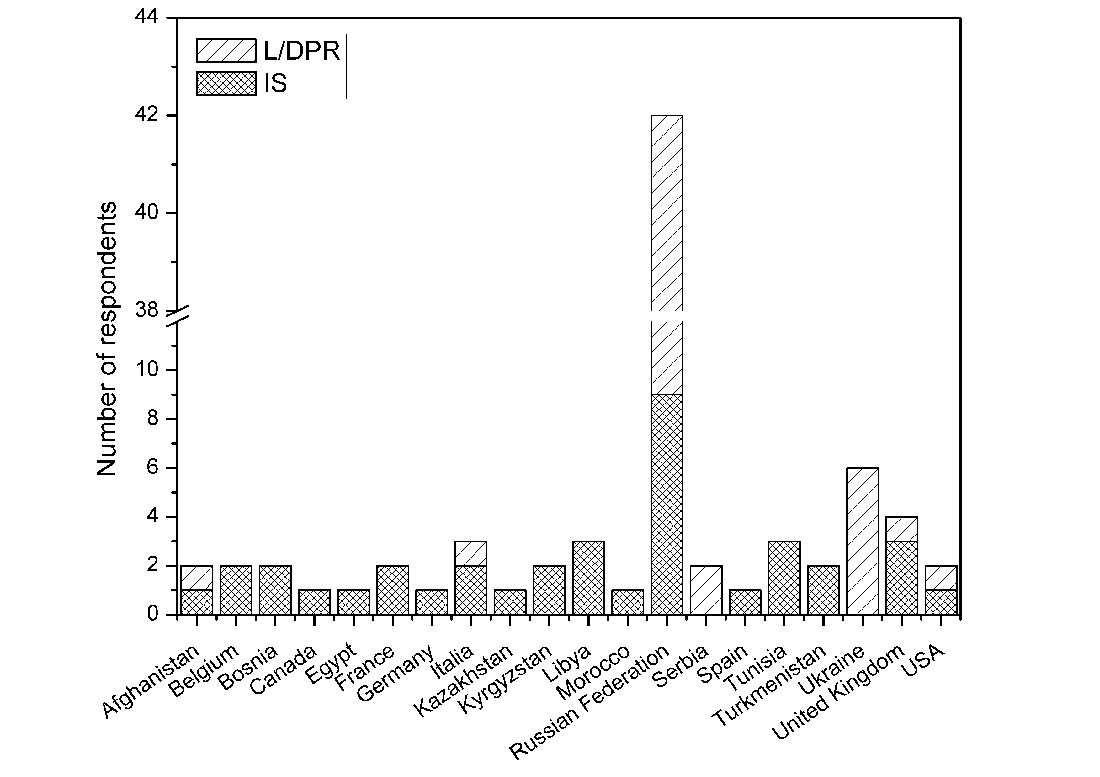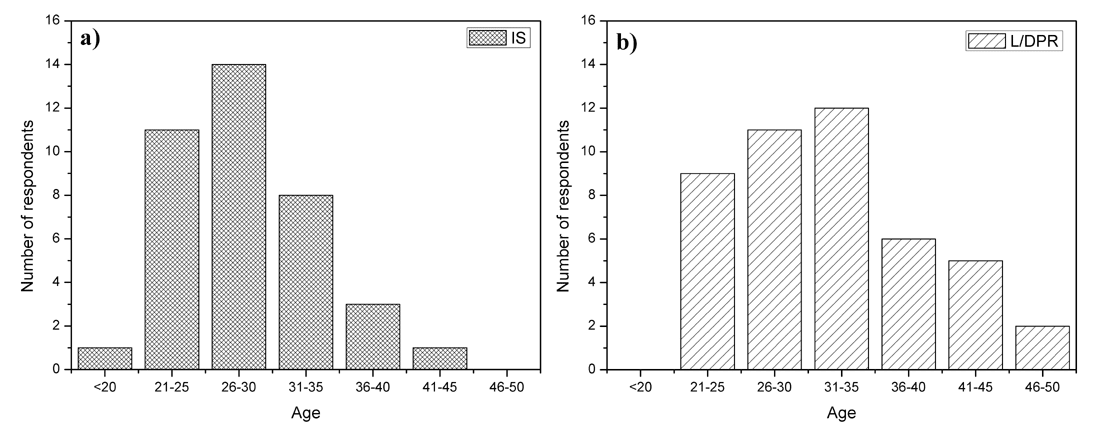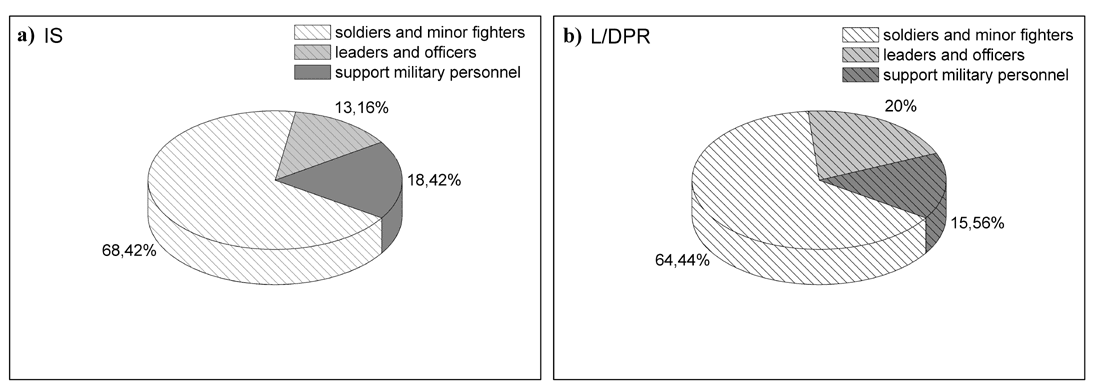Abstract
A comparison of narratives of foreign members of armed groups of The Islamic State of Iraq and the Levant and the Lugansk and Donetsk People’s Republics in Syria and Ukraine collected in 2015-2016 is presented in the paper. Some structural, figurative and lexical features of 83 stories are discussed. Key similarities and anomalies are determined. Ways of information dissemination are detected. Role of narratives is shown. Conclusions are proposed.
В статті наводиться порівняння наративів іноземних членів озброєних груп Ісламської Держави Іраку і Леванту (ISIS) на території Сирії і Луганської та Донецької Народних республік на території України, зібраних в 2015-2016 роках. Обговорюються структурні, фігуративні і лексичні властивості з 83 історій. Визначено ключові співпадіння і відмінності. Відстежено шляхи поширення інформації. Показано роль ключових наративів. Пропонуються висновки.
In the modern world the terroristic threat and conflicts intensity are closely connected with structure of information, evolution of methods of information expansion and ways of its dissemination. Our decisions should be based on understanding of socio-psychological and sociocultural phenomena and processes, which influent to security (Bjørgo, 2004). Narrative analysis is one of useful way of such understanding.
Despite of existing volume of “stories of terrorists”, we still need material to understand the nature of current threats. Imperfectness of data sources is the reason of lack of information (Van der Hulst, 2009).
For example, stories of arrested terrorists are different from their real stories, like as police record is different of detective novel. Arrested terrorist consider himself already dead, and this position influents to all components of narrative and deforming the analysis results.
Stories from “repentant terrorists” no contain necessary information, because the repentance act requires change the worldview and ideology. So we don’t obtain direct information on cognitive and reflective instruments of terrorist. Therefore, we need “in vivo experiments”.
Usually, available in media stories from militants are essentially censored: it remains no more 30-40% of original volume (real story told by real person), 20-40% of original lexicon is extracted, and in 10-20% of stories the structure of narrative is changed. Therefore, we need stories from “first hands”.
This is a big, time-consuming and difficult task. Especially, if is necessary to compare the material from different national, language and cultural communities. Processing this kind of data in security context requires development of algorithms of Big Data analysis, but all available and accessible data should be identified and collected (Chen et al, 2004).
Comparison of IS (The Islamic State of Iraq and the Levant) and L/DPR (Lugansk and Donetsk People’s Republics) makes a sense and has reasons. The “official” history of the IS and L/DPR began in 2013-2014, they have approximately the same military potential of 30,000 fighters, more than half of which are foreign citizens, the methods and instruments of their military operations have signs of terrorist activity.
Perhaps comparing the two, - at first glance, dissimilar cases, - will help us understand that the causes of terrorism and conflict in our new world of novel communications (Crelinsten, 2002) are deeper and more fundamental than simple ethnic and religious clichés.





